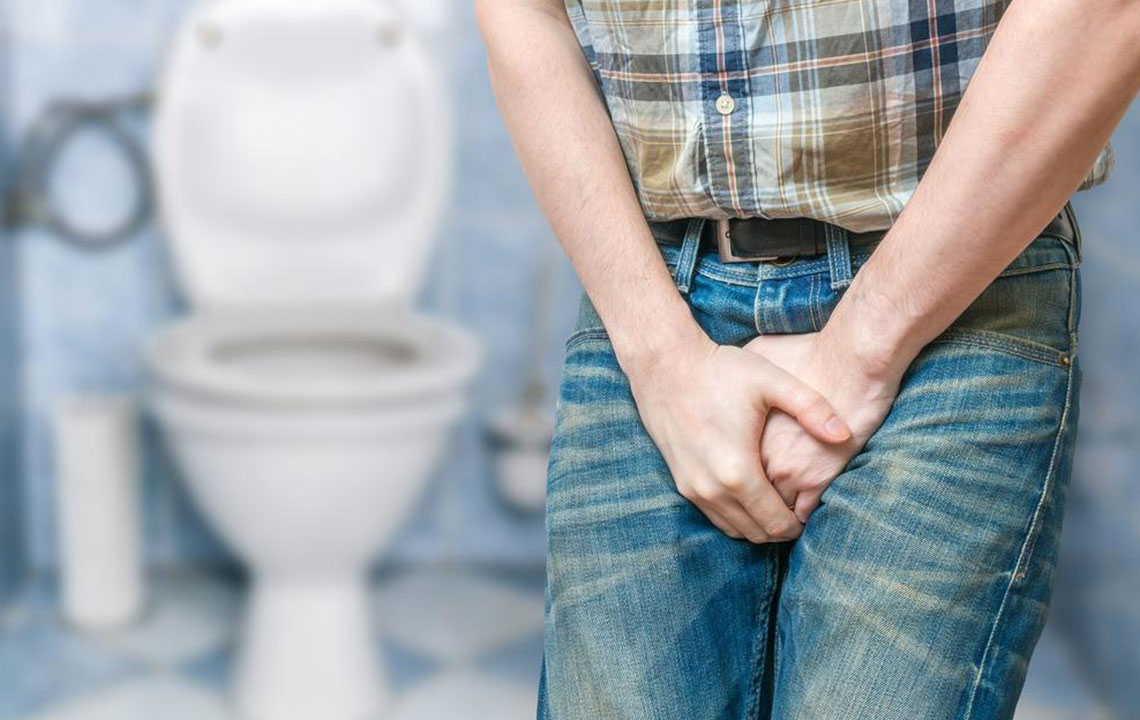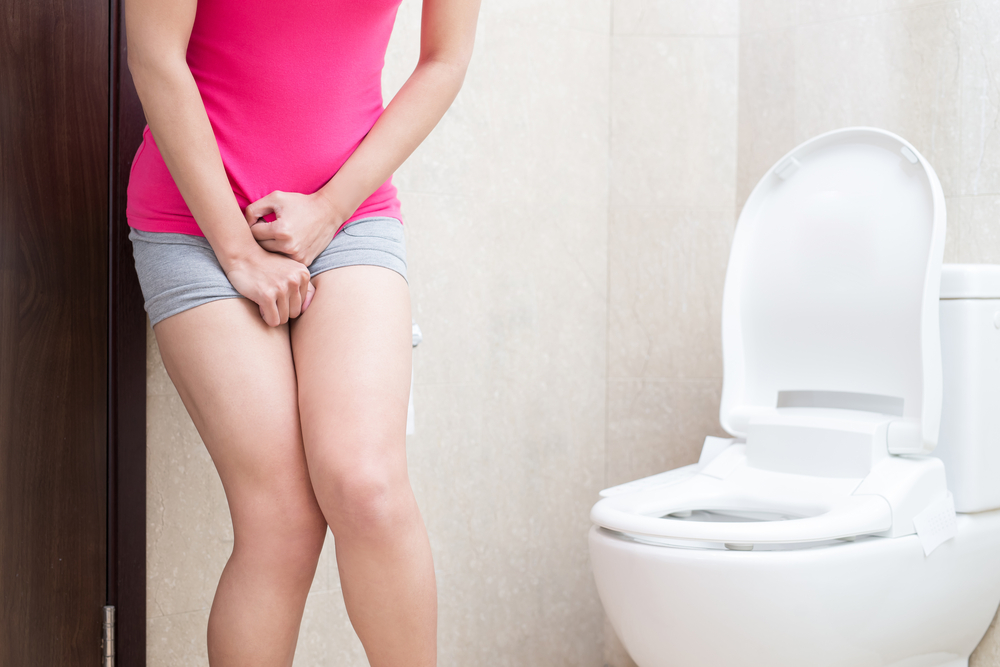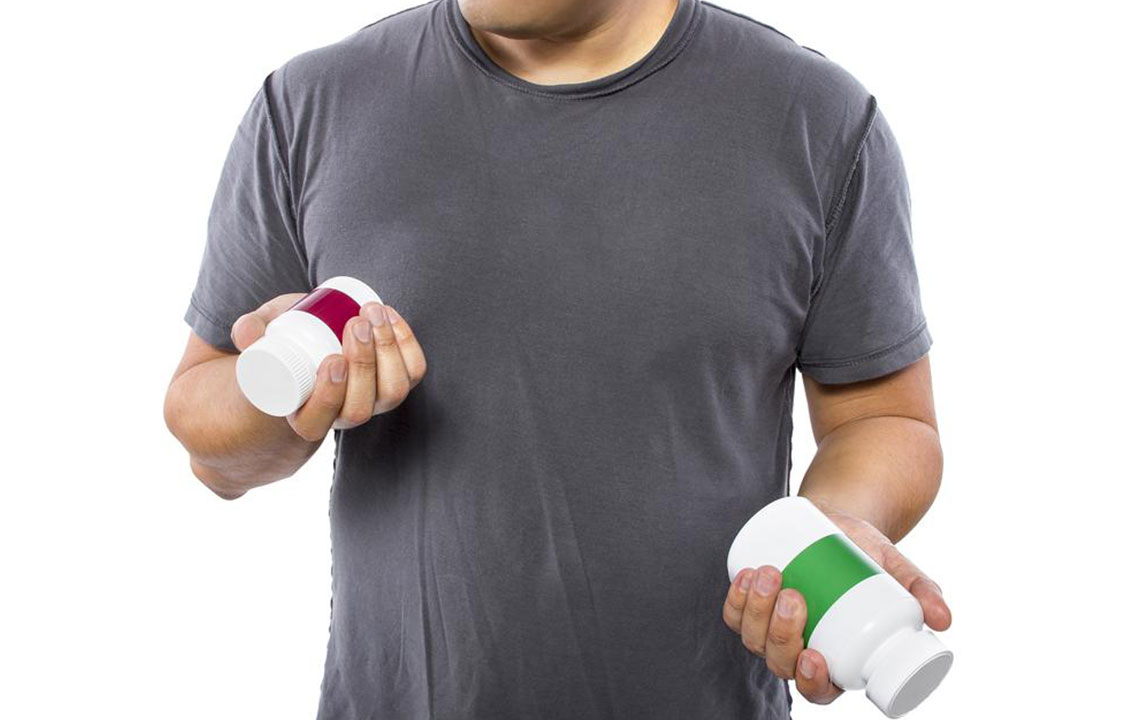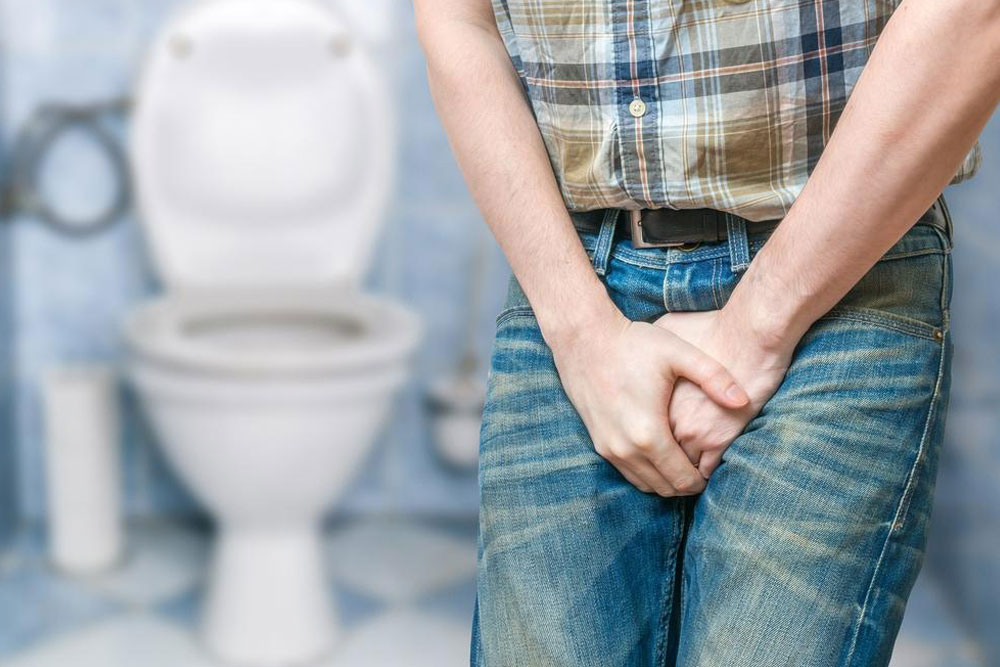Proven Methods to Effectively Manage Frequent Urination and Improve Bladder Health
This comprehensive guide explores practical and medical strategies to manage frequent urination. From pelvic exercises and dietary tips to medications and surgical options, learn how to regain bladder control and improve your quality of life with effective, natural, and clinical solutions. Tailored advice helps address underlying causes and offers lasting relief for those affected by overactive bladder issues.

Proven Methods to Effectively Manage Frequent Urination and Improve Bladder Health
Frequent urination is a common concern that affects many individuals, often causing discomfort and inconvenience. Understanding the underlying causes and exploring effective management strategies can significantly enhance your quality of life. The human bladder typically holds about 600 milliliters of urine, and the urge to urinate usually occurs when approximately 150 milliliters have accumulated. The average person urinates between four to eight times daily, but when the frequency exceeds this range, it may indicate an underlying bladder or urinary tract issue. Identifying and addressing these causes can help reduce symptoms and improve bladder control. Are you looking for practical solutions to manage this condition? Read on for comprehensive tips and effective interventions designed to help control frequent urination naturally and medically.
Managing frequent urination involves a combination of lifestyle modifications, exercises, dietary adjustments, medications, and sometimes medical procedures. Here, we explore each of these strategies in detail, providing you with insights on how to effectively take control of your urinary health.
Pelvic Floor Exercises (Kegel Exercises): One of the most effective natural ways to improve bladder control is through strengthening the pelvic floor muscles. These muscles support the bladder and urethra, and weakness can lead to overactive bladder symptoms. To perform Kegel exercises correctly, first identify your pelvic muscles by stopping urine flow midstream. Once you've located these muscles, tighten or contract them for about three seconds, then relax for three seconds. Repeat this process ten times per session, aiming for three sessions daily. You can perform Kegel exercises sitting, standing, or even lying down, making them highly convenient for daily routines. Regular practice can significantly improve urinary control and reduce urgency.
Medication Support: There are various medications available that can relax the bladder muscles, thereby reducing the frequency and urgency of urination. Anticholinergic drugs and beta-3 adrenergic agonists are commonly prescribed. While medications may not be a permanent cure, they can provide notable relief for many individuals. It is essential to consult your healthcare provider before starting any medication to ensure it is appropriate for your specific condition and to discuss potential side effects.
Natural Remedies: Corn Silk—A traditional herbal remedy derived from corn husks—has been used in countries like France and China to treat bladder irritation and bedwetting. Corn silk helps strengthen the mucous membranes of the urinary tract, which can help prevent leaks and reduce bladder inflammation. Incorporating corn silk tea into your routine or using supplements may support urinary health naturally. However, always consult a healthcare professional before embarking on herbal treatments.
Dietary and Lifestyle Adjustments: Diet plays a crucial role in managing urinary frequency. High-fiber foods such as vegetables, fruits, beans, and whole grains can prevent constipation, which puts pressure on the bladder and exacerbates urgency. An effective tip is to mix applesauce, wheat bran, and prune juice, consuming about two tablespoons of this mixture each morning to promote regular bowel movements. Additionally, limiting intake of bladder irritants such as caffeine, alcohol, spicy foods, citrus fruits, chocolates, artificial sweeteners, and excessive liquids can significantly reduce urinary frequency. Staying well-hydrated without overdoing it is vital; sip water throughout the day rather than gulping large volumes at once.
Immediate and Long-term Medical Interventions: For quick mitigation of symptoms, bladder Botox injections can be considered. Botox helps by temporarily paralyzing overactive bladder muscles, decreasing urgency and frequency. The effects typically last about nine months, offering substantial relief during that period. In cases where lifestyle modifications and medications fail to control symptoms, surgical options might be considered. Surgical procedures aim to increase bladder capacity or reconstruct the urinary tract to alleviate pressure, restoring normal urinary functions. These options are generally reserved for severe cases and should be discussed thoroughly with a urology specialist.
By implementing these diverse strategies—ranging from simple exercises and dietary modifications to advanced medical procedures—you can effectively control frequent urination and regain confidence in your daily life. Remember, a combined approach tailored to your unique condition often yields the best results. Persistent symptoms should always be evaluated by healthcare professionals to identify any underlying medical issues and determine the most appropriate course of treatment. Taking proactive steps towards better bladder health can lead to improved comfort, confidence, and overall well-being. Start today by incorporating these tips, and consult your doctor for personalized advice to find the most effective solution for your urinary health challenges.





